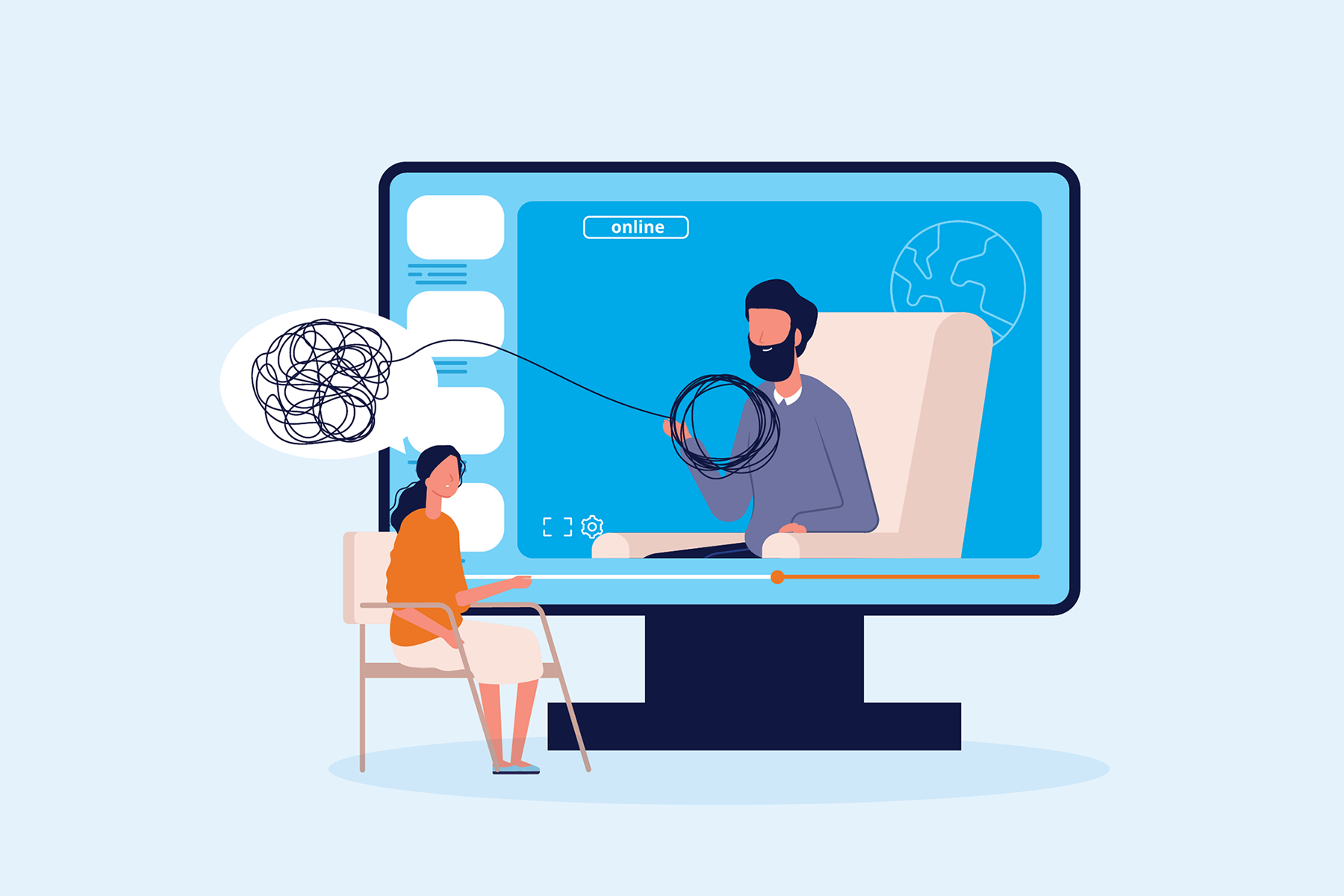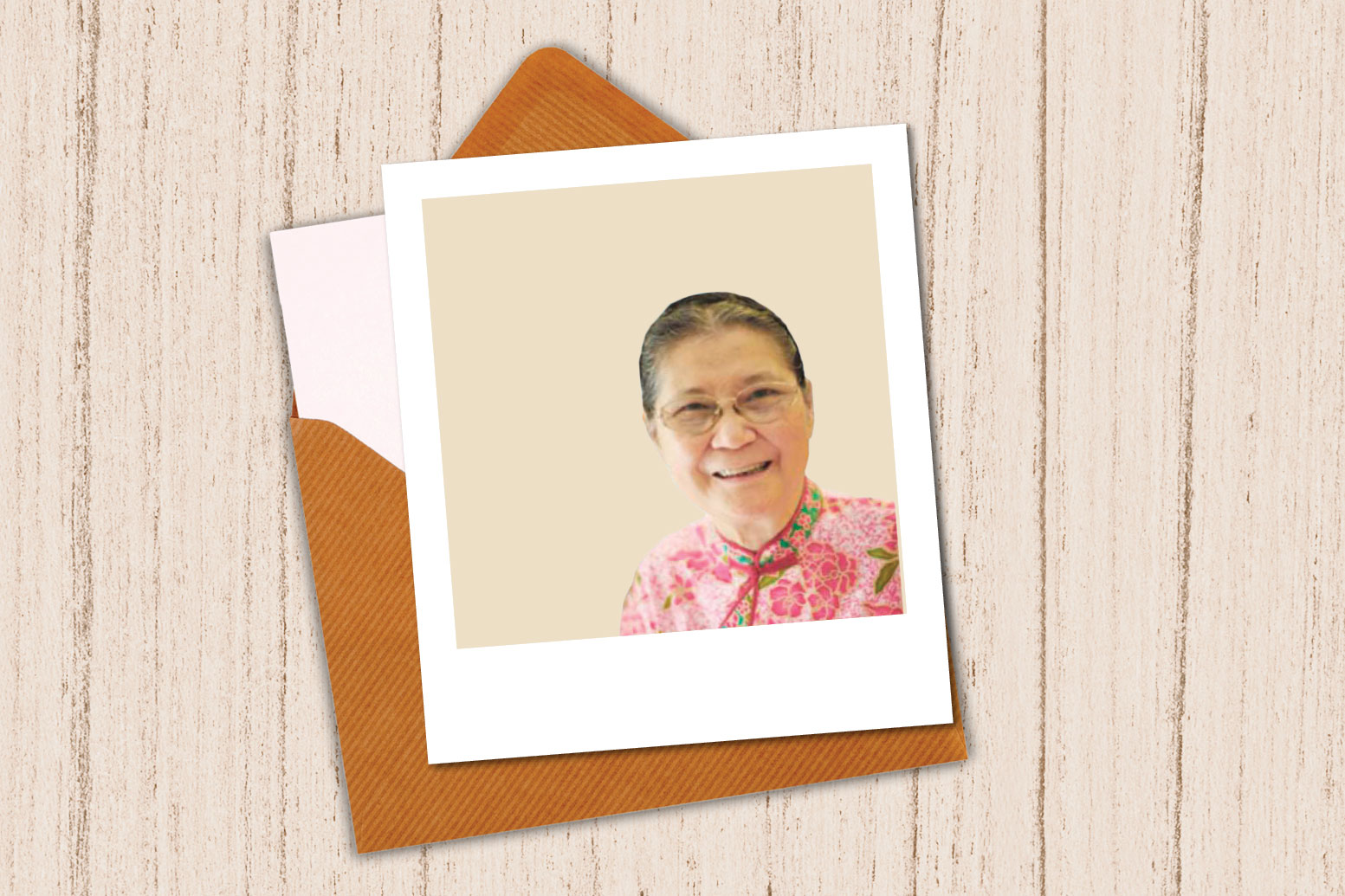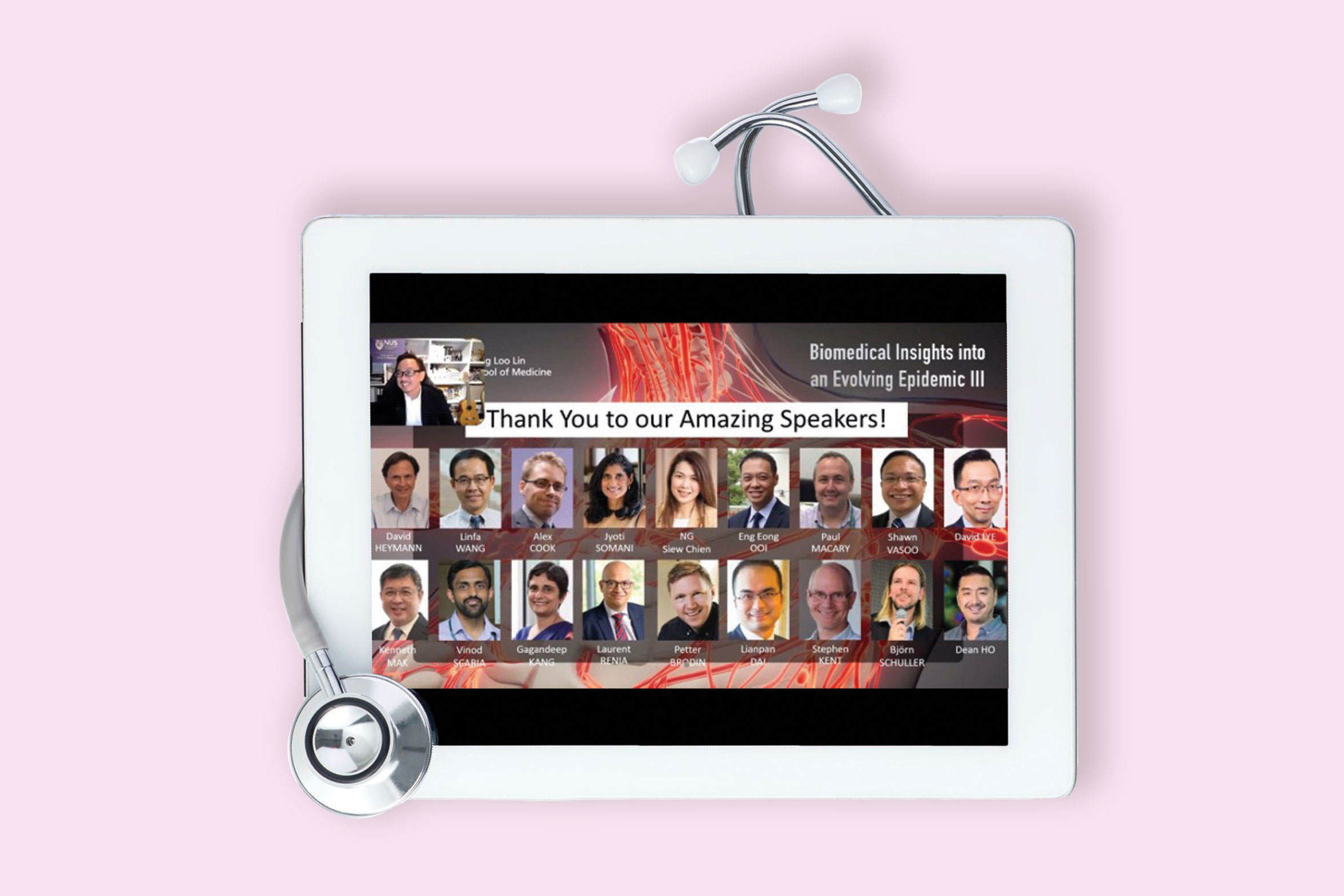
Issue 42 / May 2022
All in the Family
Taking Stigma Reduction Online

According to the 2016 Singapore Mental Health Study, one in seven adults will experience a mental health condition at least once in their life. However, over 75% of them will avoid seeking professional help.
Stigma is a long-standing issue in the mental health arena. Over and beyond the illness itself, stigma exacerbates the challenges that people experiencing mental health conditions face, says Dr Shawn Goh, Assistant Professor at the National University of Singapore’s Alice Lee Centre for Nursing Studies.
Stigma, he explains, comes in several forms: structural factors include socio-economic status, government policies, and the availability and accessibility of mental health services. Attitudes from the public and within individuals also discourage the use of existing mental health services.
However, seeking help early has a lot of advantages, including reducing the risk of severe complications. With appropriate management, people with mental health conditions can contribute economically and productively in the society and enjoy a good quality of life.
“Addressing the public stigmatisation of people experiencing mental health conditions is paramount in bridging the mental health treatment gap,” says Dr Goh. He notes that for a long time much work—such as from the Silver Ribbon’s mental health projects to the National Council of Social Service’s “Beyond the Label” campaign—has been done over the years to address the stigma surrounding mental illness. More recently, organisations—including corporates and community groups too—are increasingly embracing mental health awareness and advocacy.
These traditional interventions, such as psychoeducation workshops, social activism, contact-based approaches and awareness programmes, have proven effective at raising mental health literacy, improving attitudes, and reducing social distancing towards people with mental health conditions, says Dr Goh.
In his day-to-day work and interactions, he has seen the effect of these campaigns. “Anecdotally, more people, especially the younger generation, are more open to seeking help and hold a less negative perception of mental illness,” he observes.
“While the perception is changing slowly but surely, more can be done. The gap between the time taken to seek help has reduced, but it remains,” he says, stressing that self-stigma still needs to be addressed in tandem with improving mental healthcare provision for greater access to care and with improving the public perception of mental illness.

Dr Shawn Goh, Asst Prof at the NUS Alice Lee Centre for Nursing Studies
Online versus offline: A review of efficacy
The evolution of stigma is coupled with another evolution: that of moving campaigns and interventions into the digital arena. Therein lies the question: how do online stigma-reduction campaigns compare with traditional approaches?
To this end, Dr Goh conducted a systematic review to compare the two. His paper, “Effects of online stigma-reduction programmes for people experiencing mental health conditions: A systematic review and meta-analysis”, was published in June 2021 in the International Journal of Mental Health Nursing.
In the meta-analysis, Dr Goh and his research team looked at studies that covered three areas: the public stigmatisation towards people with mental health issues across age groups and conditions; online interventions; and face-to-face interventions. Out of over 2,000 studies, nine met the relevant criteria and were analysed.
“We found that online interventions compare favourably with face-to-face, wait-list control, and no-intervention groups,” shares Dr Goh. Even within the studies excluded from the meta-analysis, the researchers saw that there was a significant reduction of public stigmatisation with online interventions. “This gives us a good indication that online interventions can be used effectively by organisations to target public stigma against people with mental health conditions,” he adds.
The finding is especially timely as COVID-19 has not only raised the acceptance of digital tools—but also made them an integral part of life in the new normal.
Dr Goh explains that this receptivity may be due to the nature of online communications, which can take many forms, such as social media campaigns, moderated peer support groups and resource portals—and be tiered towards different levels of need and support modes.
“Just as we see a doctor for a cough or cold, so too should we seek help for our mental health.”
Dr Shawn Goh, Asst Prof at the NUS Alice Lee Centre for Nursing Studies
“Apart from improving access (lowering structural stigma), the digital medium, especially social media, confers a sense of community while also offering a greater sense of control and privacy,” he adds.
People with mental health conditions can also moderate and pace their level of participation and “come to a level of comfort” before actually coming forward to seek help. This, says Dr Goh, gives them the space to “normalise their perception of themselves” and lower their self-stigma.
Optimising digital anti-stigma platforms
Based on the findings of this review and Dr Goh’s other areas of research—which looks at how open people across age groups are to online counselling—there are many more interesting avenues to pursue in stigma-reduction and mental health advocacy.
One of these is in developing better algorithms to drive mental health promotion and content towards people who are seeking help. “This will help us to harness the technology optimally and ensure it is targeted, appropriate and relevant,” he says.
Another is in care integration and the creation of seamless hybrid models. “This relates to connecting digital anti-stigma efforts and information-giving with some form of expert intervention, such as telepsychiatry, telenursing as well as other onsite assessments and clinical treatments,” he explains.
Ultimately, Dr Goh notes that a greater understanding of the effectiveness of online stigma-reduction interventions and receptiveness to online treatments will allow mental health professionals to develop appropriate tools and platforms that lower barriers to help-seeking and increase accessibility.
The goal is to optimise the accessibility of mental health tools to drive mental healthcare upstream. “This is a more preventive and proactive approach that opens the door to mental health screening—just like we do for physical health and chronic illness,” he explains. “Just as we see a doctor for a cough or cold, so too should we seek help for our mental health.”




